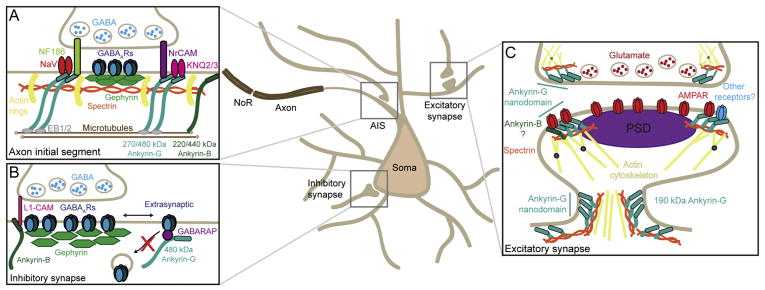Figure 2. Ankyrin functions at synapses.
A. Ankyrins at axo-axonic synapses at the axon initial segment (AIS). Larger isoforms of ankyrin-G and ankyrin-B are found in myelinated and unmyelinated axons respectively. Ankyrin-G scaffolds ion channels and cell adhesion molecules, the latter of which recruit presynaptic terminals of interneurons to the AIS.
B. Ankyrins at somato-dendritic inhibitory synapses. The giant 480 kDa isoform of ankyrin-G is localized to the extrasynaptic regions of somato-dendritic inhibitory synapses. Here it also functions to stabilize the synapse through an interaction with the GABAAR associated protein (GABARAP), whereby it opposes the endocytosis of extrasynaptic GABAARs. Ankyrin-B is also thought to contribute to stability of perisomatic and proximal dendritic inhibitory synapses through L1-CAM.
C. Ankyrins at the dendritic spine. Ankyrin-G forms nanodomains at perisynaptic regions and in the spine neck, where it interacts with spectrin/actin cytoskeleton to modulate spine head and neck dimensions. Ankyrin-G interacts with AMPA receptors (AMPARs) and promotes receptor stability at the synaptic site. Ankyrin-G is also localized at the presynaptic terminals of glutamatergic synapses of CNS neurons, and of the neuromuscular junction.

